Lipa, Batangas first came to my consciousness (and perhaps yours) because of Ate Vi, or local actress Vilma Santos. Since marrying her politician husband and being introduced to the world of politics herself, the Star for All Seasons has been the de-facto champion of Batangas, most particularly, the City of Lipa.
We decided to explore Lipa and noted why this “City for All Seasons” is growing to be one of the most popular places to find a home in outside Metro Manila.
Neighbors

North – town of Santo Tomas, Balete and Malvar, Batangas
West – municipalities of Cuenca and Mataas Na Kahoy and Taal Lake, Cavite
East – San Pablo City of Laguna and San Antonio, Quezon
South – Ibaan and San Jose, Batangas
Getting Around*
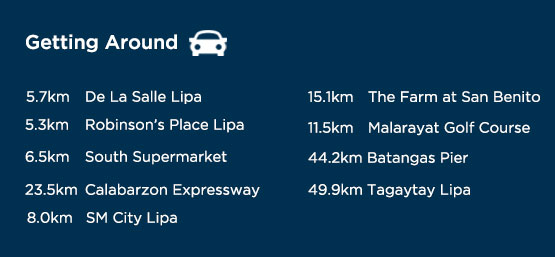
The two main roads that provide access to Batangas from Metro Manila are the Southern Tagalog Arterial Road (STAR) and South Luzon Expressway (SLEX). According to one travel blogger, residents and visitors can commute via bus lines DLTBCo, ALPS, SUPREME Bus Lines, Dela Rosa Transit, JAC Liner, and Batangas Starexpress.
With jeepneys as the primary mode of transportation, other common means of transportation around Lipa are buses, vans, tricycles, and multi cabs. Lipa’s central transport terminal is located beside SM City Lipa.
Why You’ll Love the Place

The City of Lipa might as well live up to its moniker. Although the climate is primarily warm, it is to note that the city has a similar elevation as Tagaytay (elevation of 1,025 feet (312 m) above sea level).
It is also good to note that the city’s location is situated in a valley between Mount Malarayat and Mount Makulot, making it a low-risk area for natural disasters. Because it is sandwiched between two mountains, the mountains soften the strong winds during typhoons. Moreover, Mount Makulot can act as a shield should the Taal Volcano in the west erupts.
It is also a haven for travelers who wish to have a taste of Old World Europe without needing to make the thousand-mile flight. As the “Little Rome of the Philippines,” Lipa has a generous sprinkling of charming to magnificent churches, most notably Mount Carmel Church, and San Sebastian Cathedral.
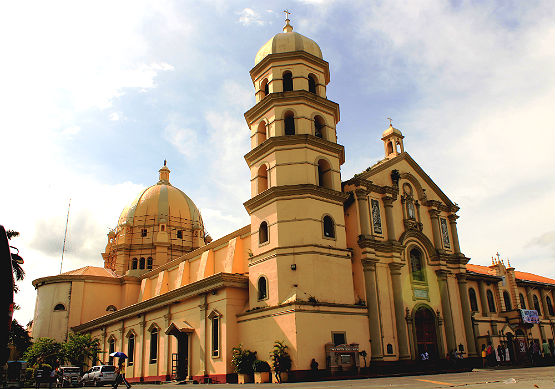
Locals and visitors alike can also enjoy the city’s signature delicacies: Tamales ng Ibaan at Terraza Cafe Club Balai Isabel, the Batangas Lomi at Lomi King, Goto at Gotohan sa Barangay, and the famous Kapeng Barako at Cafe de Lipa.

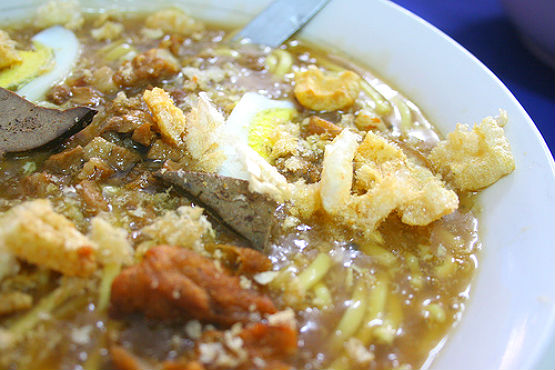

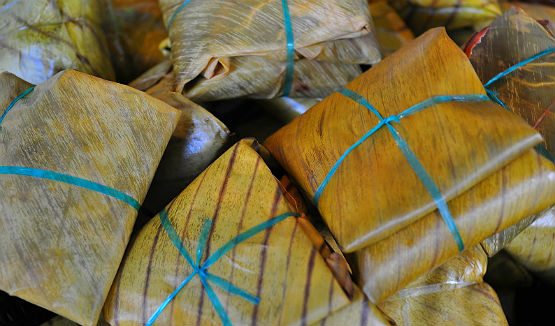
People
The city of Lipa is composed of 72 barangays, with 12 making up the city proper or Poblacion, and another 12 are emerging urban locales.
When the initial behavioral trend in provincial areas is urban migration, locals (and even urbanites) are slowly coming back to their homes where they can truly find comfort.
Ironwood Estates in Batangas, for example, provides the residential haven that’s away from the hustle and bustle of city life and has the rustic charm of countryside living. Just 60 minutes away from Manila and 15 mins away from Lipa proper, provides several pocket gardens, relaxing parks and gardens, and amenities reminiscent of a luxurious gated community: open-air clubhouse, posh swimming pool, children’s playground, and basketball court.
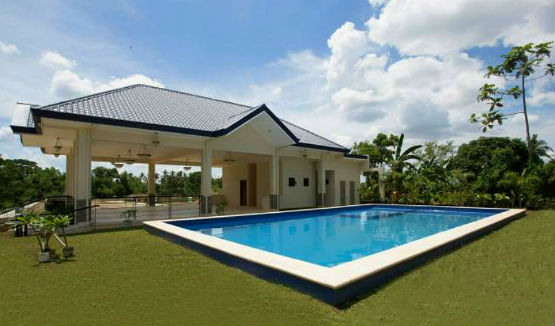

Lifestyle
Because of its geographical location and proximity to Metro Manila, people who live in Lipa are slowly welcoming to the idea of enjoying the comforts of city life in their generally suburban neighborhood.
Lipa’s proximity to the country’s capital, Manila, having an approximate distance of 86 kilometers or an hour and a half drive via the Southern Luzon Expressway, makes it more open to economic opportunities. According to the local government, it is poised to become a major institutional/administrative center, medical center, commercial center, financial center, agro-industrial center and residential center in the whole of Batangas.

The continuous development of Lipa has also encouraged the development of agricultural land areas to residential real estate and industrial developments. For urbanites with growing families (or are starting to build one), Lipa is a perfect place to put down roots or delve into a new, sustainable business.
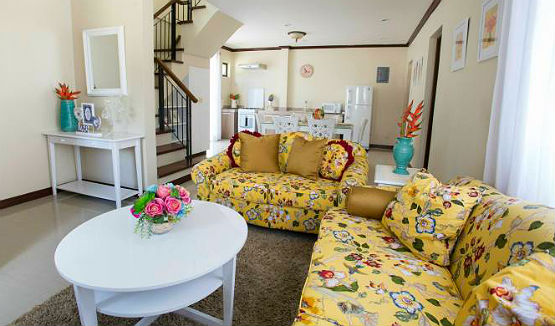
The influx of business process outsourcing (BPO) firms such as call centers and subsequently the increase of the city’s income classification to 1st class, drew consumer demand in quality, yet affordable goods and services. Because of this, Lipa ranked 6th out of 10 in the Top 10 next wave cities of 2010 by the Commission of Information and Communication Technology (ICCT).

Moving to the countryside? Start looking for your next home here.











